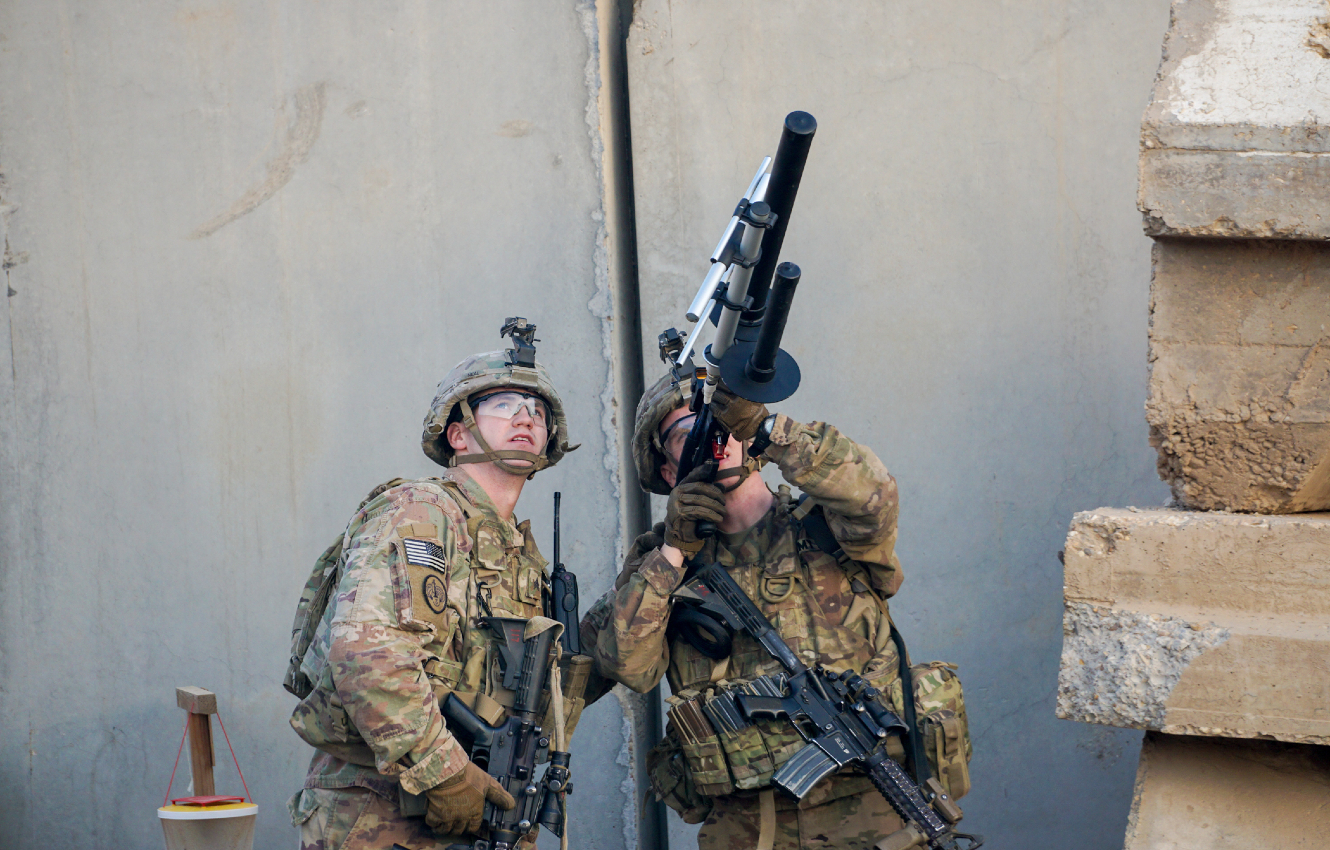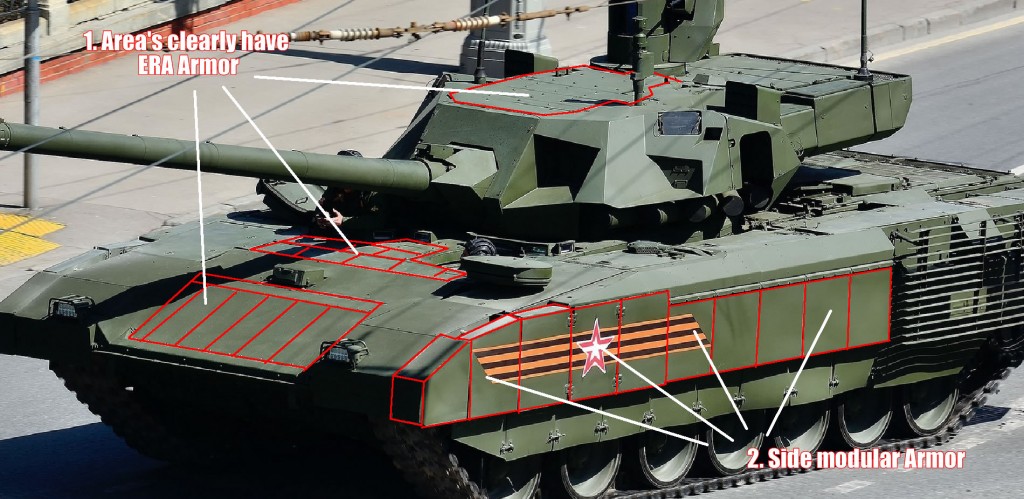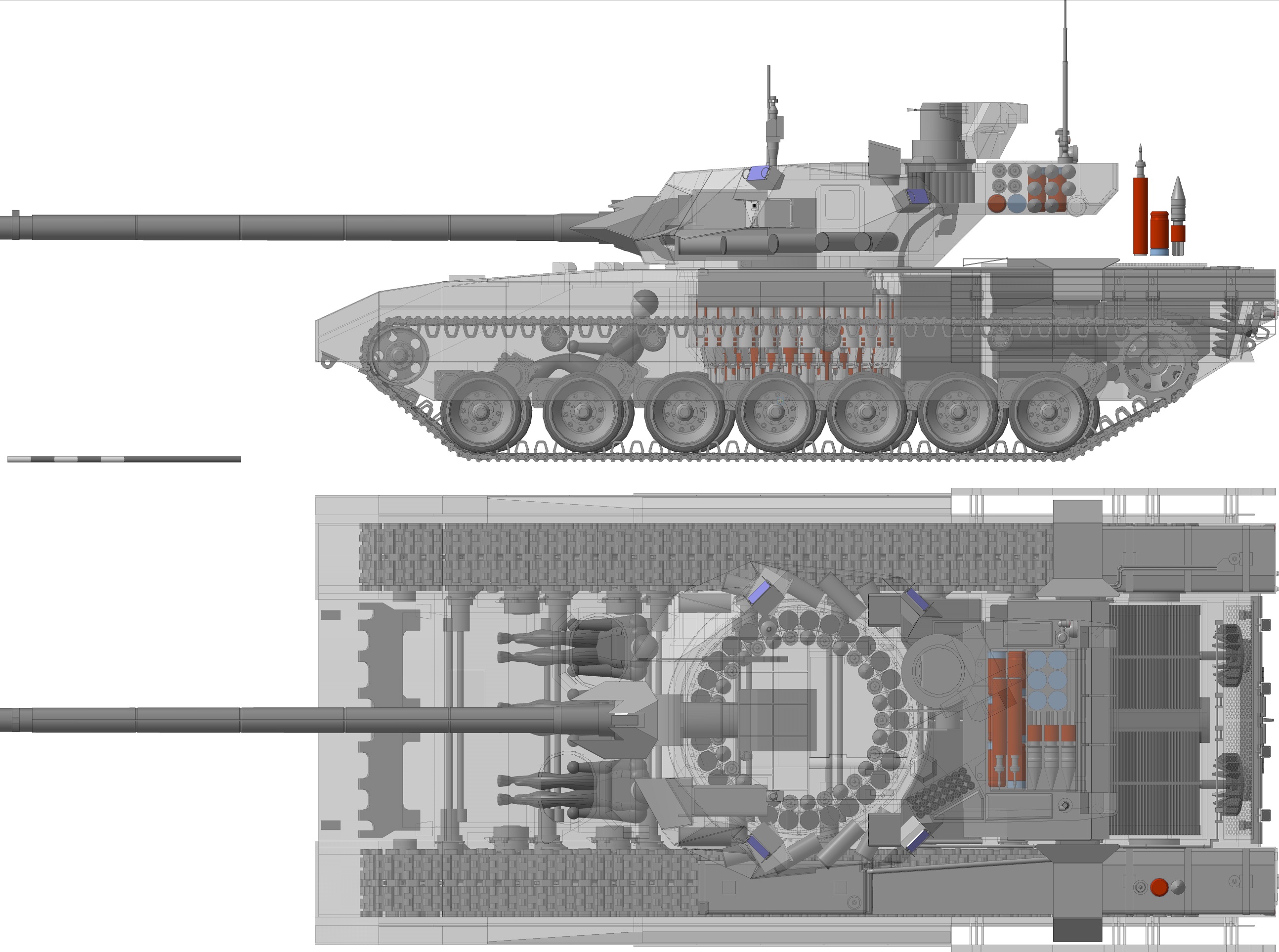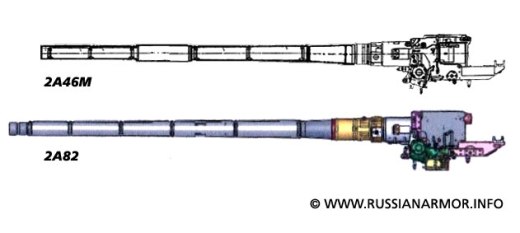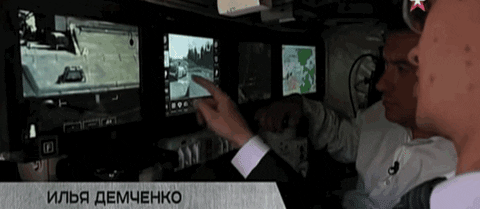Sir,
Your capacity to put things into perspective is impressive and helpful. You are the "Ustaad" here, after all.
I completely agree with this observation:
"Deployment pattern, terrain limitations, defender capabilities...all have their distinct effects.
" Brief but on the mark. I also tend to look at
these factors in my evaluation of any conflict.
But I have reservations about this observation:
"Russian armor has not failed in Ukraine.
"
In view of defeat in
the Battle of Kyiv in 2022, Russian forces shifted to siege warfare involving heavy and indiscriminate bombardment to secure a Ukrainian city in other locations by using artillery pieces to this effect but this is a brutal and time-consuming approach to Urban Warfare. The Battle of Mariupol in 2022 is a notable Case Study in this respect.
I have yet to see a Case Study of Russian Armor (and also Ukranian Armor) providing breakthrough in a conventional battle of the ongoing Russia - Ukraine War. Both sides are OVER-RELYING on artillery pieces to duke it out in any sector and expending too much ammo in the process, to pave way for gains on the ground which are slow to materialize due to this approach.
Is the Main Battle Tank (MBT) not supposed to punch through enemy lines and pave way for the troops to secure
the location of interest in sector by sector fashion? How can troops secure
the location of interest in sector by sector fashion when the Armored Vehicles [in use] are NOT up to the challenge and can be easily knocked out?
For perspective:
The Persian Gulf War that was fought in 1991 was the FIRST to EXPOSE vulnerabilities of the
Russian MBT design standard in comparison to the
M1 Abrams design standard in terms of SURVIVABILITY in conventional battlespace.
1. Lack of baseline armor package:
Since Russia aims to limit the gross weight of the MBT around 50 tons mark, not much baseline armor can be applied to it.
2. Risky ammo storage due to requirement of the Russian auto-loader design:
Russian tanks such as the T-72, T-80, and T-90 have an automated "hold and load" ammunition system and carry multiple shells in a ring within their turrets, and underneath the operators.

www.rferl.org
Russian workaround is to apply ERA tiles and Cope Cage(s) on the MBT. These measures create the impression of a well-protected MBT on paper but have FAILED to ensure SURVIVABILITY of Russian MBTs in Ukraine.
Now, I shall clarify that I do NOT have unrealistic expectations from Armored Vehicles in warfare but I insist that the MBT should be SURVIVABLE in the face of enemy responses to it from the ground in order for
it to move through heavily guarded spaces and HELP secure
the location of interest in sector by sector fashion. In line with this expectation, I have noticed that American Armor can deliver in Urban Warfare situations and even in relatively open environments.
Below is a glimpse:
This is the M1A1M variant (exported to Iraq) - it has Chobbam Armor [
without DU mesh found in American M1 variants]. Even this variant could endure deadly hits and allowed its crew to take out as many targets as possible in a battle with ISIS.
American Armor could produce desired results in Iraqi cities such as An-Nasiriyah in 2003, Najaf in 2003, Baghdad in 2003, Fallujah in 2004, and Sadr City in 2008. These experiences motivated improvements in American M1 variants.
Difference in SURVIVABILITY of Russian Armor and American Armor is apparent when the Battle of Grozny in 1995 and the Battle of Fallujah in 2004 are compared for perspective.
Russian Armor in the Battle of Grozny in 1995:
Although lighter than Western designs, most analysts gave high marks to the assortment of infantry fighting vehicles possessed by the Russians. The T-80 and T-72 tanks were assessed to be on par with their Western counterparts; with their advanced armor, they were expected to take a great deal of punishment. But, the battle for Grozny exposed some of the flaws of Russian armor. The tanks could not depress or elevate their main guns adequately to engage targets in basements or high in the buildings or rooftops. The armor protection on the top and rear was relatively thin, and the RPG-7s and antitank mines stood a good chance of penetrating these areas. The long tubes of the 125mm cannon had a very narrow traverse radius in the narrow streets that limited firing generally to the frontal arc. Clearly, the Russian tanks were designed to fight in the open country and not in the confines of a large city. To their credit, many tanks took multiple hits by RPG fire before their destruction. However, when the lead and trail vehicles in the column were disabled, even the best tank and crew found they were stationary targets with little ability to return fire. Much the same can be said for the infantry fighting vehicles, but their armor could not take the same amount of punishment.
With the failure to take Grozny quickly, the Russians returned to their traditional means of taking an urban area. Unconcerned with collateral damage or civilian casualties, they used massed artillery and aerial strikes systematically and literally to pulverize the city into rubble. This application of firepower eventually overcame the difficulties in communications, intelligence, unit coordination, and a host of other problems the Russian units faced.
The lessons of Grozny are sobering for anyone who contemplates using armor in an urban environment. Yet it was not a fair test of the tanks’ ability to fight in the city streets. Had the Russians followed the basic tenets of using combined arms with adequate communications and control, the results could have been far different. This fight emphasized the need to train completely the crews and troops in their weapons, tactics, and doctrine to employ them effectively. The battle for Grozny was actually a historical aberration in the use of armor in the urban fight. Far different results were possible had the Russians employed and supported their armor correctly.

apps.dtic.mil
Emphasis mine: I am not sure HOW most analysts assessed T-72 and T-80 to be on par with American M1 variants when the
Russian MBT design standard has vulnerabilities that I pointed out above. I would say that Russian tactics to secure Grozny were initially detached from survivability expectations of the the
Russian MBT design standard.
T-80 is definitely superior to T-72 but:
Turret blown off like in the case of T-72.
Complete list of Russian Armor losses in the First Chechen War is provided in following link:

www.oryxspioenkop.com
American Armor in the Battle of Fallujah in 2004:
If the insurgents were hoping for a replay of the Russian debacle in Grozny in 1994, they were disappointed. The strategy of “defenseless defense” used so effectively there did not work in Fallujah. The American and Iraqi forces were successful in countering this tactic by not rushing to the center of the city to be surrounded and eliminated piecemeal. Instead, they cleared and secured each building and the routes of ingress before moving on to the next. Additionally, some American and Iraqi forces remained behind the advance to keep the insurgents from reoccupying previously cleared areas. Establishing clear zones of operation and excellent communications facilitated this.
A key element in the success of the coalition in Fallujah was the application of American armor, namely the M1A2 Abrams tank. The Abrams was able to take enormous punishment and continue operating. In many instances, these tanks received multiple hits from RPG-7s, which failed to penetrate the heavy armor; even large improvised explosives failed to knock tanks out. Although the actual number is not currently released to the public, contemporary media reports show only two Abrams tanks were destroyed during this bitter battle. The tactics used by the Americans offset the inherent design weaknesses of tanks in the cities. Operating in pairs, tanks covered each other while others remained a short distance behind lending support. The same can be said about the Bradley vehicles, although their armor was far less capable. The Marines had dispersed their tanks to provide direct support to the riflemen, and this time-honored tactic worked to destroy systematically tough enemy positions. Conversely, the Army battalions assigned to this operation used a different approach. Instead, they led their assault with the heavy armor, which blasted through the city and unhinged the enemy defenses. This allowed for the rapid advance of the infantry and the clearing of their zone and ensured a swift victory.
The battle for Fallujah was a stunning victory with a historically low casualty rate for an urban fight of this size. It reaffirmed the capabilities of heavy armor in cities.

apps.dtic.mil
Emphasis mine: American Armor could produce desired results in the Battle of Fallujah irrespective of the tactics applied - a testament to its SURVIVABILITY in Urban Warfare situations in comparison to Russian Armor. I pointed out this fact in following post:
Don't you get tired of lying and spreading misinformation? No, a paid Russian or pro-Russian keyboard warrior never gets tired for spreading lies and propaganda!
defence.pk
Americans are not taking their chances either. The baseline armor protection levels of the American M1 variants continue to increase in time:
Russia’s top diplomat will reportedly meet with his Ukrainian counterpart on Thursday in Turkey.
defence.pk
Meaningful estimates of the American M1 variants up to the M1A2 SEP are available, but evolution of the M1 continues in view of new developments, and the current M1A2 SEPv3 might be the most protected MBT in existence due to a
REVISIT to its baseline armor package when coupled with additional measures to make it survivable such as with
TUSK kit and
Trophy APS.
Like this:
I wholeheartedly accept that the MBT should be utilized sensibly in combat situations irrespective of how good it is. The crew should NOT become complacent and try to play rambo in combat situations.
But I insist that the M1A2 SEPv2 and further updates are FAR more SURVIVABLE than any type of Russian Armor in existence on purely technical grounds. These M1 variants provide the capacity to punch through enemy lines and recover from a potential mistake in the thick of combat which is an important consideration in itself. Things can go wrong in the battlefield due to a lapse in judgement or due to a move that might prove costly so it can be helpful to recover from bad situations ASAP. This happened to American forces in An-Nasiriyah and Karbala when they were marching towards Baghdad in 2003.
This is my take and the bottom line for now.






